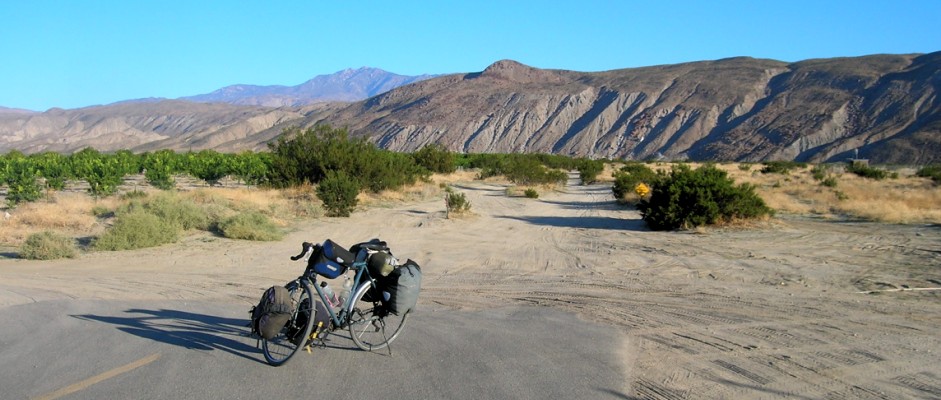My first unexpected impression of Portugal was before we even left Turkey. We think of Europe as being just around the corner — many people fly from Germany to Antalya for a long weekend, for example. I was surprised by how long and expensive the flights were from Antalya to Faro. Then I started looking at distances: well, Antalya is closer to Dushanbe (Tajikistan) or Addis Ababa (Ethiopia) or even Bergen (Norway) than it is to Faro in southern Portugal! It ended up taking 21 hours to get from our house in Antalya to a nice camping spot quite near the Faro airport.
After landing in Faro one of the first things we noticed were the bicycle building stands in the baggage claim area. It turns out our flight was the last of the day to arrive at Faro so we had the whole area to ourselves while we put our bicycles together. Here we are finally ready to go at almost 5am Turkey time.
It’s been 15 years since I studied (Brazilian) Portuguese so I was pleased I was able to communicate a bit with the guard at the airport. What I’ve noticed after a week is that I can really only understand very basic conversations. I can usually get my ideas across and understand the answers, but when I listen to a couple Portuguese talking, I understand almost nothing. There’s quite a pronunciation difference between Brazil and Portugal. So far we’ve been quite surprised by the level of English proficiency — English seems more widely spoken than in Brazil or Spain or Turkey.
We spent our first day exploring Faro in less of a dazed stupor than I expected. I was looking forward to the Capela dos Ossos in the Nossa Senhora do Carmo church so was disappointed that the church was closed for five days starting the day before we arrived.
Happily the Faro Cathedral/museum was open. I’ll have to use this first post about Portugal to rave about the altars and azulejos (tile work) inside this church. I’m sure we’ll see many more amazing churches during our tour in Portugal. I doubt I’ll be able to retain the same level of wonder as when we gawked at the altars in the Faro Cathedral.
And — what luck! — there was even a small Capela dos Ossos at this cathedral as well. The idea behind these “bone chapels” which are built with human bones is to remind the less faithful of their transitory time on earth.
Once we were on the road in the Algarve one of the first things I noticed was the Algarve chimneys. The origin of these chimneys is a bit of a mystery. They reminded me of a miniature version of the badgirs we saw in Yazd. I was also reminded of the closed-top chimneys in Muğla (Turkey), an area with a similar climate. The chimney tops are closed there supposedly because of the wind.
With a bicycle building stand right at the airport, there must be lots of cycle tourists, right? Somehow I don’t have a photo of Ryan from Calgary, but here are Lenard and Niklas who we spent a few hours with one day. Lenard had cycled from his home on the German-Danish border to Morocco and is now slowing making his way back north.
We spent one night in Beja, the administrative capital of Southern Alentejo (yes, we’ve already left Algarve). Beja is famous for its castle:
and the museum housed in a former convent. Check out this inlaid marble altar:
and a Manueline doorway:
Beja’s Praça da Republica:
Further on, the castle in Alvito has been turned into a hotel:
Every village seems to have a clean, well-maintained church, but they must not be really good Catholics because we rarely saw children in the villages (these three are in Giões, Cachopo, and Cuba).
Finally, I must mention one of the most amazing sites we saw during our first week in Portugal — the Neolithic site of Almendres Cromlech, west of Évora. 7000 years ago the Neolithic agro-pastoralists were particularly expressive in the Alentejo region. Like the Algarve chimneys why they erected these stones in an oval formation on the gentle slope of an east-facing hill is a bit of a mystery — for spiritual purposes? or perhaps a primitive astronomical observatory?
I know there are a lot of photos in this post, but here are a few more.
Is this really the way to Évora?


































